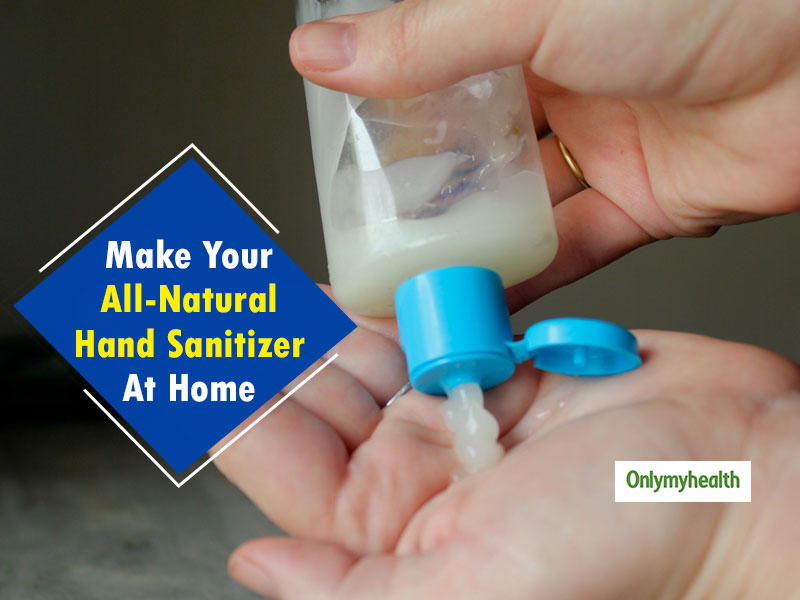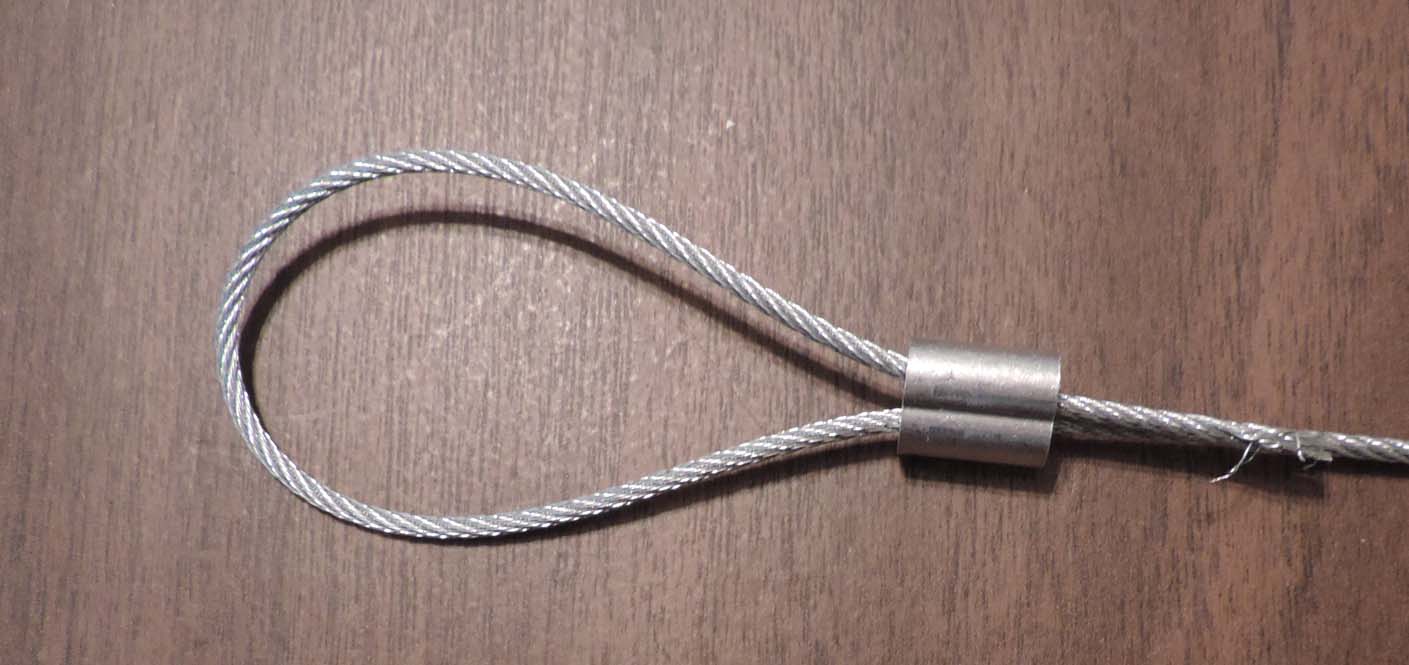Table of Content
If a catheter bag is allowed to become full, it pulls and drags on the catheter and can cause pain , especially if it is allowed to occur frequently. Regular emptying of the bag before it becomes full will prevent this, but the use of a catheter securement device should also be considered. If a patient relies on others to empty their catheter bag, a catheter securement device will help prevent the catheter being pulled or put under traction, even when it is full. When changing a catheter, suitable catheter insertion gels should always be used; these are important for reducing risks and should be used with both men and women .

You want to cover the first seven to ten inches of the catheter with the jelly. This will make the insertion less uncomfortable. Make sure you wash the head of your penis and the urinary meatus, which is the small opening where your urine comes out. You may also decide to stand in front of the toilet if it is comfortable for you to reach down and hold your penis.
How to Insert a Catheter
If your catheter falls out – immediately contact your nurse or GP for advice. If this is out of your surgery’s working hours contact NHS Direct for advice. You can put your catheter in a closed bag and then put it in the freezer. When you’re ready to use it, you can take it out and it will be clean. To keep your catheter clean, you can also use pre-moistened wipes.

Make sure the lubricating jelly is water-based, as this will less irritating to your urinary tract. The leg bag should not be worn at night because it can fill up quickly. Rinse the bag that you just removed with a mixture of ½ cup white vinegar and ½ cup tap water using the syringe you were given. Empty the drainage bag at least every 4-8 hours or if it is full. Try walking or moving around as this may dislodge a blockage. If nothing drains and you are in pain, contact your nurse or GP for advice.
CPD REFLECTIVE QUESTIONS
A change in the type of catheter may relieve this; alternatively, reducing the time between catheter changes, especially if the patient is experiencing pain, might help. It should always be ensured that the right catheter size for the patient is used. A larger Ch size catheter should only be used if there is a clinically justified reason. A larger Ch size catheter can distend the walls of the urethra, leading to damage and risk of infection . Guidelines recommend that 12Ch–14Ch catheters are used to catheterise both men and women . Because of the different average length of the urethra, standard/male catheters are longer than female catheters.

The catheter tube should be placed upon the stomach and secured. When a person receives a catheter, they are usually given a set of instructions on how to care for it. However, the instructions can be confusing and can easily lead to problems. One problem that can occur is a urinary tract infection. To avoid a urinary tract infection, you should sterilize your catheter after each use.
Inserting the Catheter into the Bladder
Depending on your doctor’s recommendations, you may need to use the catheter at least four times a day to ensure you are urinating regularly. Once you are done, rinse and dry your penis well. Then, place the container you are using to collect the urine next to your thigh so it is easy to access. You will need to sit down with your legs bent.
Your penis should be at an angle of 60 to 90 degrees. Hold the catheter in your dominate hand and slowly insert in into the urinary meatus, or the small opening on the top of your penis. Always use medical gloves whether this is an in-and-out cath or an indwelling catheter.
Using Your Catheter
For example, the charity Bladder and Bowel Community provides information and support for people with bladder and bowel conditions. Having a urinary catheter should not stop you from doing most of your usual activities. You'll be advised about when it's safe for you to go to work, exercise, go swimming, go on holidays, and have sex. Your doctor or a specialist nurse will give you detailed advice about looking after your catheter.
The steps below will help you learn how to use the leg bag and nighttime drainage bags. Your nurse will go over these steps with you. If you have any concerns after you go home, please call the phone numbers listed. A catheter is a medical device consisting of a long, thin tube which can be fitted with a variety of different tips to serve a range of functions.
180 Medical is a nationally-accredited provider of intermittent catheters, incontinence supplies, and ostomy products. At 180 Medical, we gladly do the legwork for you to check with your health insurance provider to see if these advanced catheter products are covered by your insurance. Plus, we’ll also work to get any necessary documentation from your prescribing doctor, such as a prescription. To hang your night bag while you sleep, place a clean plastic bag inside of a wastebasket. Hang the night bag on the inside of the wastebasket.
Sterilization is the process of killing bacteria on a medical item, like a catheter, by using a chemical called hydrogen peroxide. Hydrogen peroxide is a strong oxidizing agent that requires a 3% concentration to kill bacteria and a 10% concentration to sterilize it. When urine stops, slowly remove the catheter. Apply the K-Y Jelly or another gel to the tip and top 2 inches of the catheter.
That helps prevent irritation to your urethra. Because of this, I believe I was tense and probably brought more pain to the process than was necessary. The catheter may be inserted incorrectly if it leaks or little or no urine empties into the drainage bag.

Wilson M. Causes and management of indwelling urinary catheter-related pain. Paterson C, Dalziell R, Forshaw T, Turner A, Fraser G. Prevention and management of urinary catheter blockages in community settings. A coudé tip can bypass some of the obstacles that a standard straight tip catheter can’t. Therefore, if you’re having difficulty inserting a straight catheter, address the issue with your prescribing doctor to determine if a coudé catheter is right for you. Here are a few helpful self-catheterization tips for you to get started.
You shouldn’t feel any pressure when you push the fluid into the catheter. If you do, stop right away and call your healthcare provider. You’ll need to flush your midline catheter as often as directed by your healthcare team. Generally, you will need to flush it before and after each use. If the catheter is not in active use, you may need to flush it less often.

If you’re not using prefilled syringes, fill the syringe with the solution as you were shown. Alcohol wipes or rubbing alcohol and cotton balls. You’ll use these to clean the end of the catheter . This helps prevent germs from going into your catheter. Add a few drops of soap to 1 cup of water in a clean container. A clean towel or paper towels for drying the catheter.

No comments:
Post a Comment